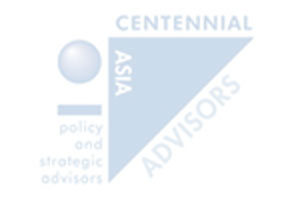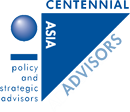212 714 0177
Free call
Asian Insights
A summary of “Asian Insights” weekly update is published here. The full version is available through paid subscription. Please click here to register your interest. Our executive will get in touch with you.

US-China-Taiwan: Just how much has political risk changed?
US House Speaker Pelosi’s visit has set in train developments that will raise big power frictions structurally, and for a long time.
- However, the US and China will do what is necessary to avoid direct clashes. They may even restart direct talks which China just cancelled. But, tensions will persist as China intensifies its pressures on Taiwan while the US steps up its support for it.
- China’s strategy to reunify Taiwan with the mainland was never principally about an invasion. It was always about relentlessly increasing the suffocating pressure of diplomatic, economic and military actions so as to force Taiwan to eventually negotiate with it on Beijing’s terms. Pelosi’s visit allowed China to double up on this strategy.

Despite mounting headwinds, a global recession does not seem likely to stifle Asian growth
- The red-hot jobs market and rising capital goods orders in the US point to a disconnect between such bottom-up figures and the GDP advance estimates, which might well be resolved when the GDP is revised upwards. Asian exports to the US are likely to be resilient – the PMI survey indicated rising import demand in the US economy.
- The latest PMI figures point to a sprightly recovery across ASEAN that still has legs : Domestic demand, powered by the easing of covid-related curbs and the accumulation of excess savings will help offset the likely deceleration in global demand.
- There are two key risks 1) China’s economic woes that predate Covid-19 and are therefore likely to persist in the medium- and long-term, and 2) mis-calibrated tightening by central banks that slows growth much more than intended.
